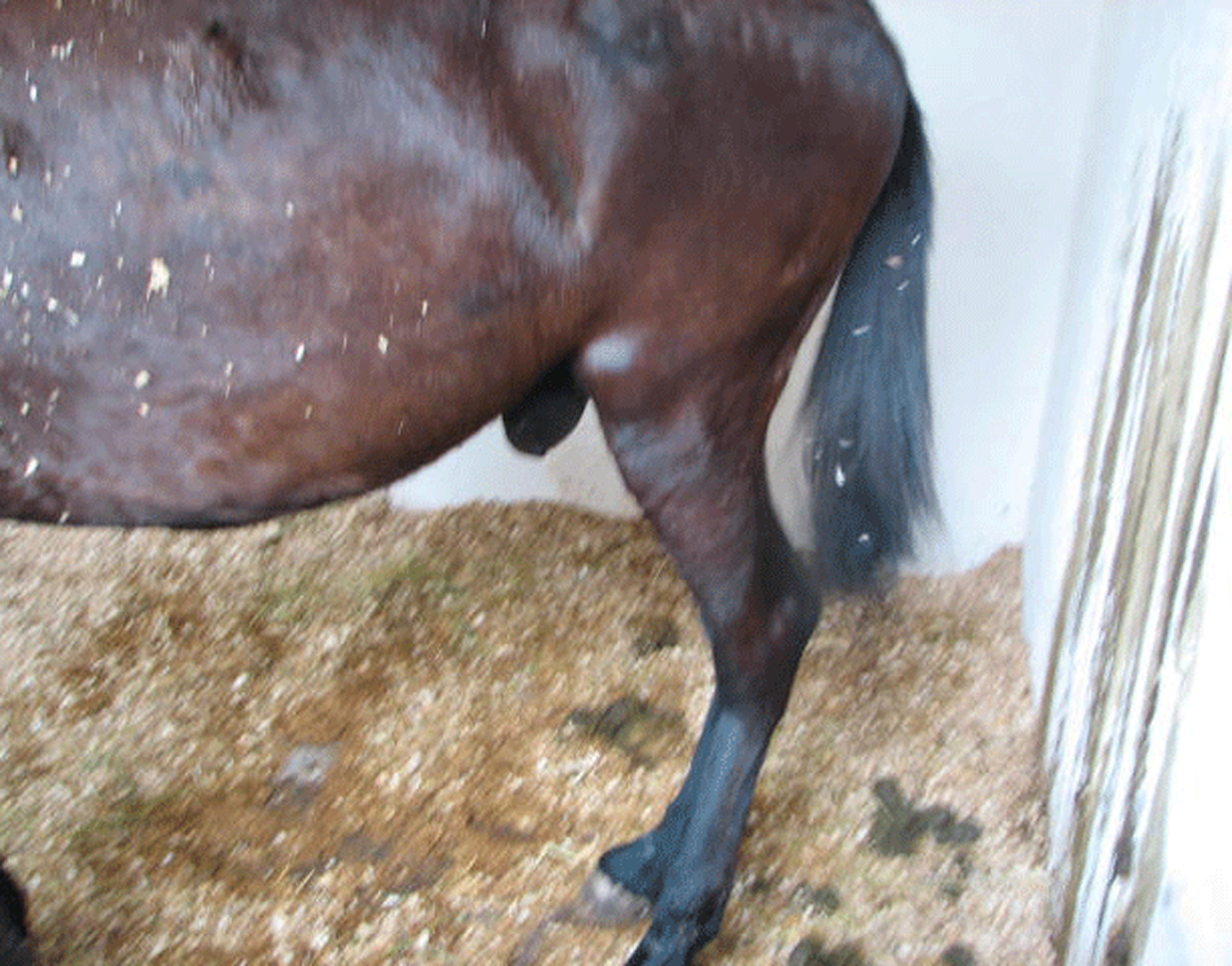
Sometimes it’s difficult to prevent spread of contagious diseases, but it helps to thoroughly disinfect the stall where a sick horse has been before using it again for any other horse. This is especially true if you’ve had an outbreak of Salmonella or some other disease in which the pathogens might survive for a while in the environment.
Dr. Roberta Dwyer, of the Department of Animal Science at the University of Kentucky, said that when a farm has a disease outbreak, it’s often the little things that matter when trying to control it and prevent further spread. Even if you have a quarantine barn, the area where the sick horse has been—before you moved it to the sick barn–should be thoroughly cleaned and disinfected.
“Some pathogens, such as Salmonella, can live for a long period of time, especially in a stall,” she explained. “Sunlight and environmental factors can kill them, but if bacteria are buried in a pile of manure or straw or in the ground, heat and sunlight won’t kill them when they are surrounded by organic material.” In a wood stall, bacteria can also soak into the wood and disinfectants have a hard time penetrating far enough.
“Dirt floors are hard to clean,” Dwyer continued. “My general recommendation, if it’s not practical to dig up the first 8 to 12 inches of dirt, sand or clay and replace it with fresh new material, is to let the stall dry out completely. You can use fans, on very low settings (because you don’t want bacteria to aerosolize), to help dry the floor. Gentle air movement will hasten drying (though in very humid summer weather it might not dry out). Once it’s dry, use barn lime to draw all moisture out of the floor, especially in corners. Leave the stall open and unoccupied as long as possible before re-bedding and using it again.”
On wooden or concrete block walls, diligent scrubbing with detergent is your best bet to remove all fecal material. “When a horse has severe diarrhea, he will be painting the walls with feces. Using warm water, a detergent and scrub brush is the best way to physically remove feces.
“Also, scrub out feed tubs, water buckets, etc. Let hay nets soak in disinfectant. Anything that a horse eats from should be washed and disinfected, then rinsed a few times with clean water to make sure there is no residue of disinfectant that might deter a horse from eating or drinking from the tub. Scrubbing, soaking in disinfectant (at least 10 minute contact time), pouring that out, rinsing thoroughly and letting them completely dry is probably adequate for feed and water tubs,” she concluded.
If your barn has plain wood stalls with no paint or sealant on wood surfaces, she recommended cleaning them very well, then painting with two coats of polyurethane or marine-quality varnish to seal the wood. “This is best to do in summer when the walls are really dry. You might have to do some calking on knots and holes, but this will make a much easier surface to clean if you ever have to do it again.”



